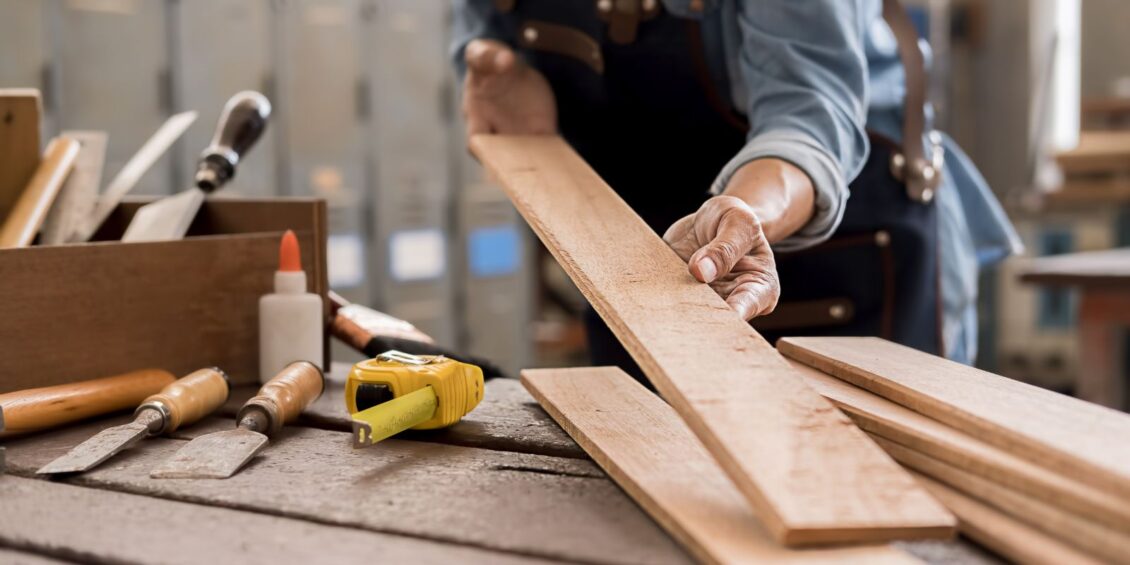Finding the perfect timber for your project can be a little daunting if you’re not familiar with the details of how different grades differ from one another. Whether you’re considering looking for treated timber that would be ideal for use outside or a delicate softwood for a DIY project, this article will help to share knowledge about wood grades and explain them to you.
Hardwood
Hardwood is often considered the top of the line wood for many reasons. Principally, this is because it’s more resilient than other types of wood, with it being internally denser, and boasting a fairly closed grain.
These properties mean that it is very strong for construction purposes, and can be used both internally and externally. However, it’s important to point out that hardwood is typically very expensive. It will last a long time if treated and maintained well by the user, but it will typically also cost a premium.
Softwood
Softwoods come from more rapidly growing trees, and as such they are generally less dense than hardwoods and have a more open grain. Because they’re so fast-growing, a lot of softwood can be produced in a relatively short time. As such, around eighty percent of the world’s lumber supply is softwood!
Softwood is only really suitable for internal projects, since their open grain makes them very susceptible to damp and mold. As such, they’re often not a great choice for some DIY projects, particularly those that often center around improving outdoor spaces.
Structural softwood
Structural softwood is softwood that has been treated with the addition of chemicals under high pressure. This process means that the softwood is much more resistant to moisture damage, as well as other forms of damage. As such, it can be used outdoors much more reliably, and it is often used for internal structural work, too.
This internal structural work typically includes additional supports and stud walls – these are projects that require strong wood but typically don’t have the budget for hardwood.
Plastic composite
Plastic composite is a form of engineered wood, meaning that it’s made up of a combination of wood fibers and different types of plastic. This mixture is then pressed or molded into the shape of traditional pieces of lumber, making for a more useable item.
Plastic composite can be a little more expensive than other options, but it’s very resistant to weather and wear and tear damage, meaning that it’s particularly popular for decking and other outdoor projects. While the overall look of the composite might not be quite so rich and warm as true wood, it can be a good way to get some warmth into your project without breaking the bank and while still ensuring strength and dependability.
The four main timber grades are quite straightforward when you break things down, and it’s perfectly okay to still be a little confused about exactly what wood you might be looking at in the store. Consider speaking with one of the professionals there with you – they’ll have the knowledge to be able to help with your project.









Leave a Reply
View Comments